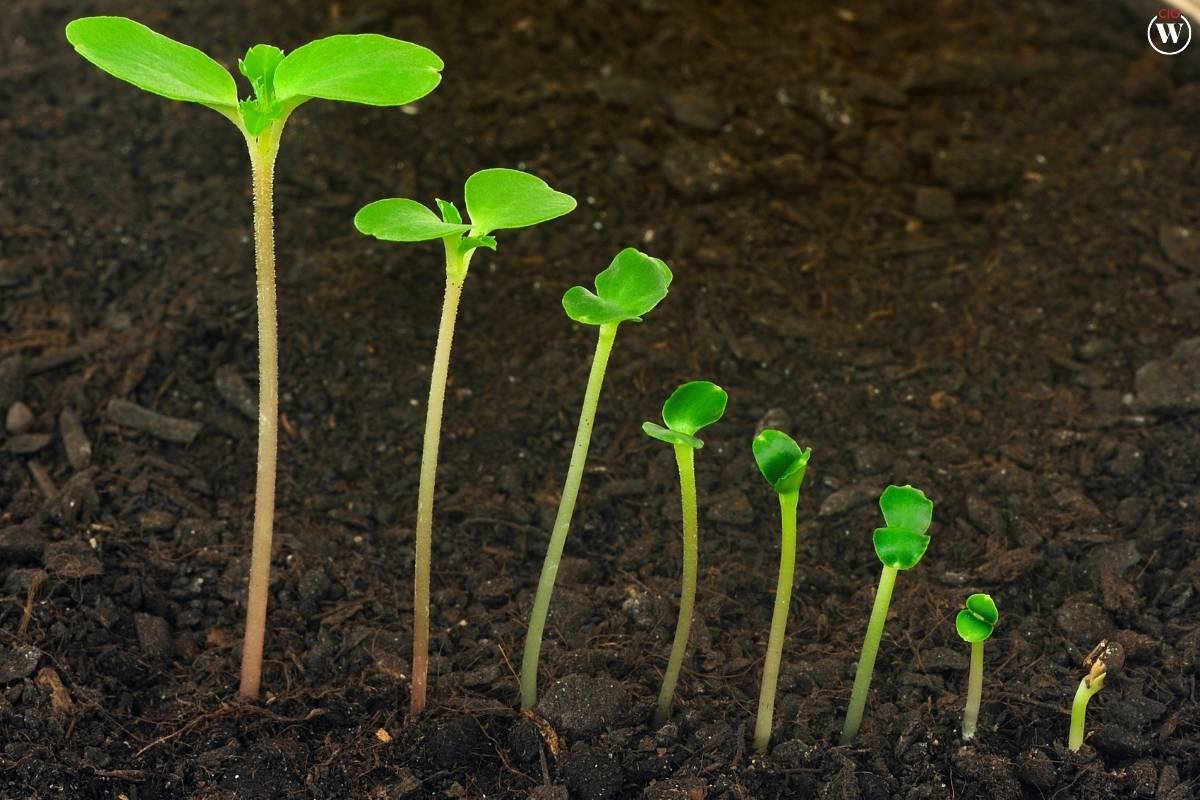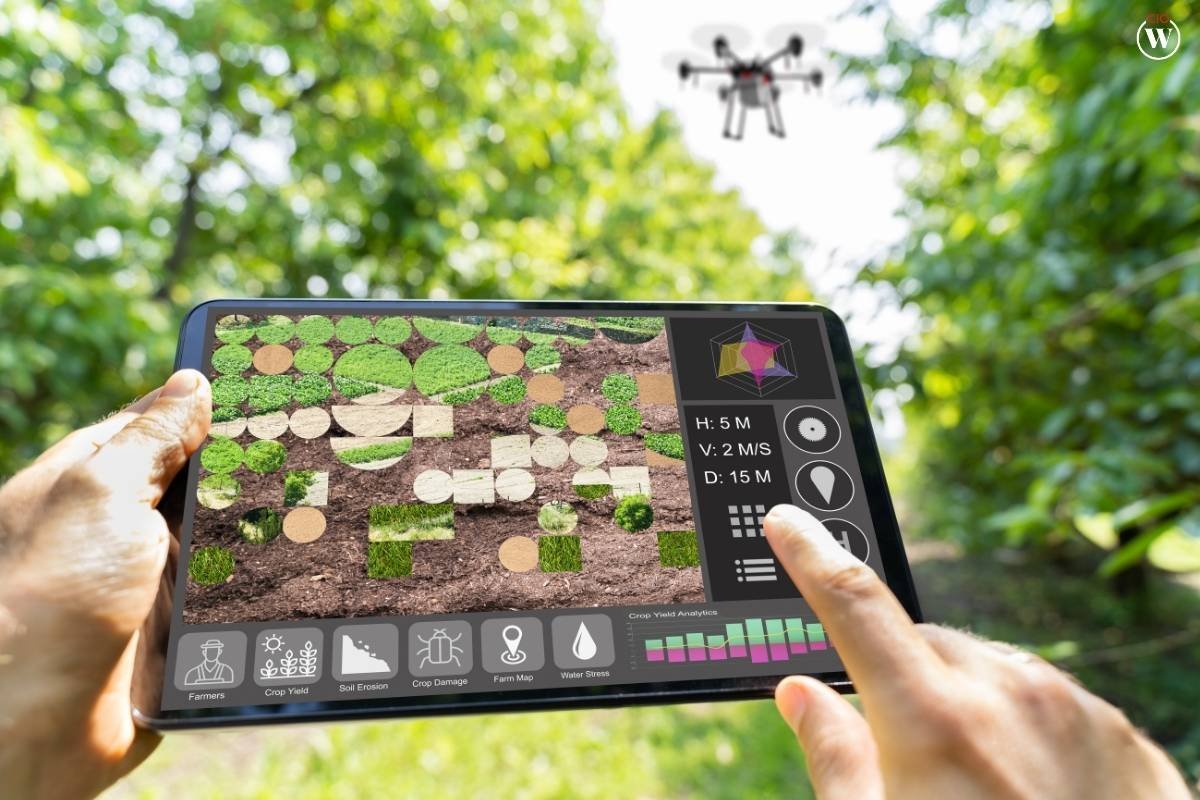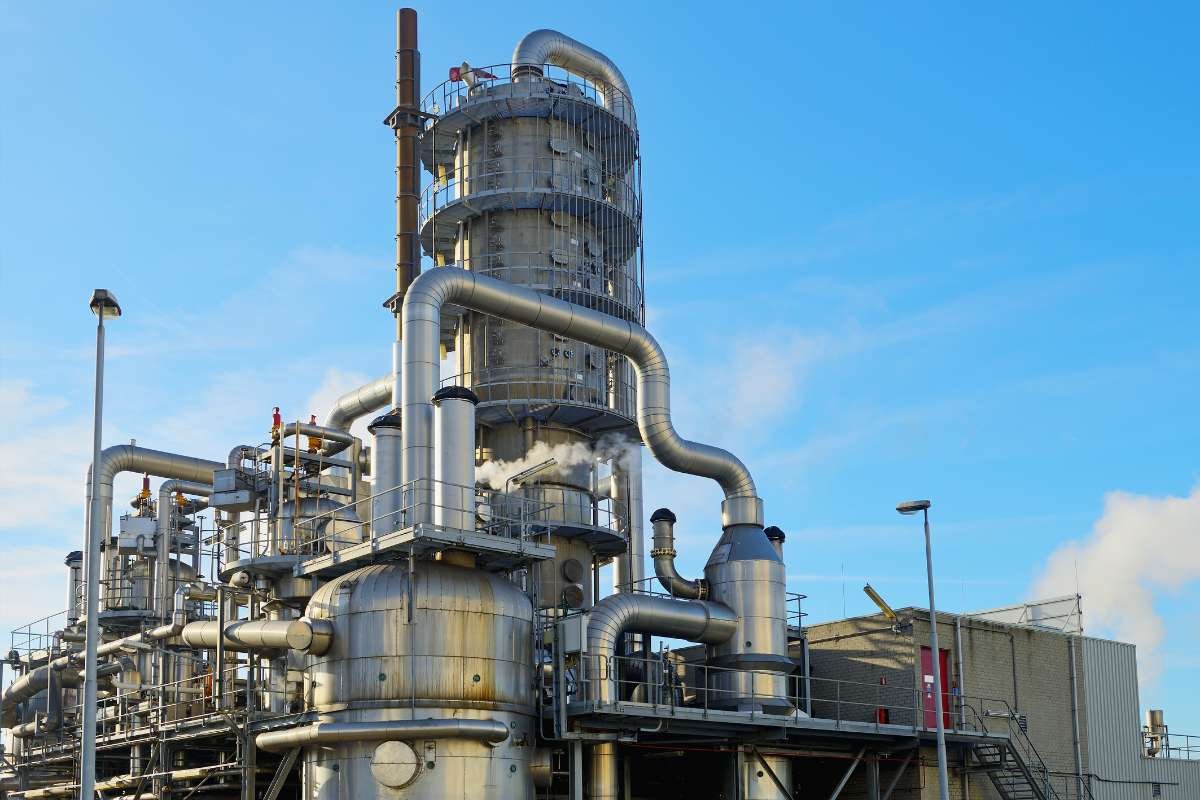Today, digital transformation has become a pivotal force in reshaping various industries, and agriculture is no exception. The advent of digital technologies has ushered in a new era for farmers, empowering them with tools and insights that can revolutionize the way they cultivate crops and manage their farms. This article explores the profound impact of digital transformation in agriculture, shedding light on the key technologies, benefits, and challenges associated with this transformative journey.
The Evolution of Agriculture
Before delving into the digital era of agriculture, it’s essential to understand the traditional practices that have sustained the industry for centuries. Agriculture, once reliant on manual labor and seasonal cues, has witnessed a remarkable transformation over the years. Mechanization marked the first significant leap forward, replacing human and animal power with machines to enhance efficiency and productivity. However, the true revolution began with the integration of digital technologies.

Digital Technologies in Agriculture
Digital transformation in agriculture encompasses a diverse range of technologies that synergistically work together to optimize various facets of farming. Precision agriculture, for instance, leverages GPS technology to enable farmers to precisely manage their fields, optimizing the use of resources such as water, fertilizers, and pesticides. The integration of sensors, drones, and satellite imagery provides real-time data on soil conditions, crop health, and weather patterns, allowing farmers to make informed decisions.
One of the key components of digital transformation in agriculture is the Internet of Things (IoT). IoT devices, embedded in tractors, harvesters, and even on livestock, generate a continuous stream of data that can be analyzed to gain insights into farming operations. This data-driven approach allows farmers to monitor equipment performance, track crop growth, and optimize resource allocation.
The use of artificial intelligence (AI) and machine learning (ML) further enhances the capabilities of digital agriculture. These technologies analyze vast amounts of data to predict crop yields, identify potential diseases, and optimize planting and harvesting schedules. By harnessing the power of algorithms, farmers can make proactive decisions based on data-driven forecasts, ultimately improving productivity and reducing waste.
Blockchain technology is also making inroads into agriculture, addressing issues such as supply chain transparency and food traceability. By recording each step in the production and distribution process on an immutable and transparent ledger, blockchain ensures accountability and builds trust among consumers.
Benefits of Digital Transformation in Agriculture:
1. Increased Efficiency:
Digital transformation streamlines various farming processes, reducing the reliance on manual labor and optimizing resource utilization. Automated machinery and data-driven decision-making contribute to increased efficiency in planting, irrigation, and harvesting.
2. Precision Farming:

Precision agriculture, enabled by digital technologies, allows farmers to tailor their approach to each section of the field. By applying inputs such as water, fertilizers, and pesticides precisely where needed, farmers can maximize yields while minimizing environmental impact.
3. Data-Driven Decision Making:
The wealth of data generated by digital technologies empowers farmers to make informed decisions. Whether adjusting planting schedules or fine-tuning irrigation practices, data-driven insights enable proactive management, resulting in better outcomes.
4. Cost Savings:
Optimizing resource use and reducing waste contribute to significant cost savings for farmers. By leveraging digital technologies, farmers can make precise decisions that result in lower input costs, increased productivity, and ultimately, higher profits.
5. Crop Monitoring and Management:
Real-time monitoring of crops through sensors and satellite imagery allows farmers to detect issues such as pest infestations or nutrient deficiencies early on. This proactive approach enables timely interventions, preventing crop losses and ensuring healthier yields.
Challenges in Digital Transformation
While the benefits of digital transformation in agriculture are substantial, challenges do exist. One significant obstacle is the initial investment required to adopt digital technologies. Small-scale farmers, in particular, may find it financially challenging to acquire the necessary equipment and undergo the training needed to harness the full potential of these technologies.
Another challenge is the digital divide, both in terms of access to technology and digital literacy. Rural areas may lack the infrastructure required for reliable internet connectivity, hindering the adoption of digital solutions. Additionally, farmers need adequate training to effectively use and interpret the data provided by these technologies.
Data security and privacy concerns also pose challenges. As farms become more connected and reliant on digital technologies, the risk of cyber threats increases. Protecting sensitive information and ensuring the integrity of data is crucial for maintaining trust in digital solutions.
The Human Element in Digital Agriculture
Despite the increasing integration of technology, the human element remains central to the success of digital transformation in agriculture. Farmers need to adapt to new technologies and acquire digital literacy skills to harness the full potential of these tools. Collaborations between technology providers, agricultural experts, and policymakers are essential to creating an environment that supports the effective adoption of digital solutions.

Educational programs and initiatives play a vital role in bridging the digital divide. Providing training and resources to farmers, especially in remote areas, ensures that they can embrace and leverage digital technologies to improve their farming practices. Government policies that incentivize the adoption of digital solutions can further accelerate the pace of transformation across the agricultural sector.
The Future of Agriculture: A Digital Landscape:
As digital transformation continues to reshape agriculture, the future holds exciting possibilities. The ongoing development of smart farming systems, where interconnected devices communicate seamlessly, will further enhance automation and decision-making processes. Advanced robotics may play a more prominent role in tasks such as harvesting and selective weeding, reducing the need for manual labor.
The integration of 5G technology will address connectivity challenges in rural areas, enabling faster and more reliable communication between devices. This increased connectivity will support the growth of the Agricultural Internet of Things (AgIoT), allowing for more comprehensive and real-time data collection and analysis.
The concept of “farming as a service” is also emerging, where farmers can access a suite of digital tools and services on a subscription basis. This model democratizes access to advanced technologies, making them more accessible to small-scale farmers and promoting inclusivity in the digital transformation journey.
Conclusion
Digital transformation in agriculture represents a paradigm shift that has the potential to reshape the industry fundamentally. The integration of digital technologies, from precision agriculture to artificial intelligence, is driving increased efficiency, cost savings, and sustainability in farming practices. While challenges exist, addressing issues such as the digital divide, data security, and education will pave the way for a more inclusive and sustainable digital agriculture landscape.
As we stand at the intersection of technology and agriculture, Digital Transformation in Agriculture resonates as a beacon of change. Embracing this transformation not only benefits individual farmers but also contributes to the global effort to ensure food security, environmental sustainability, and the continued evolution of agriculture in the digital age.









